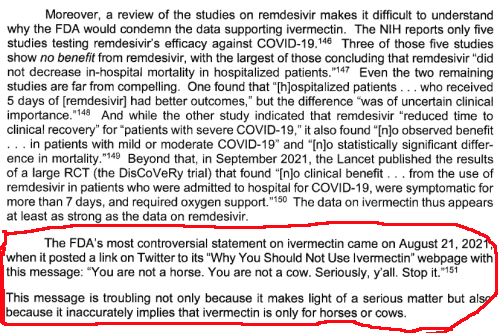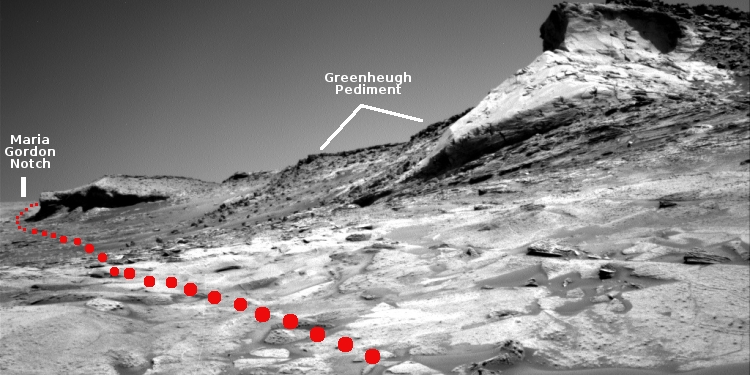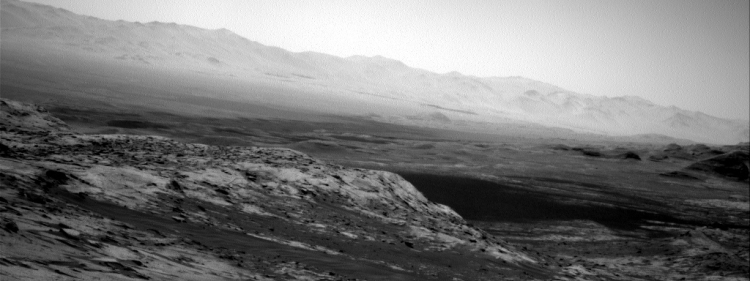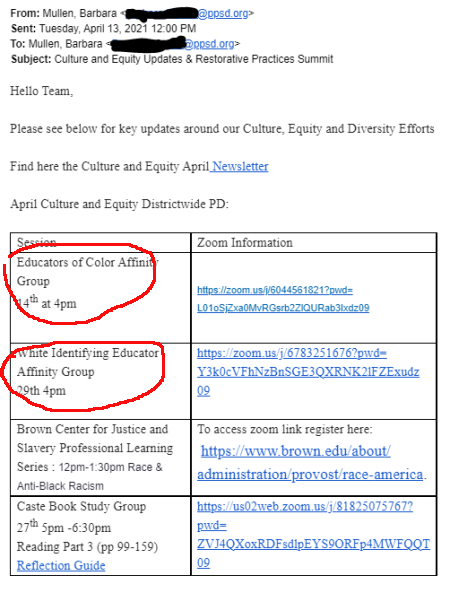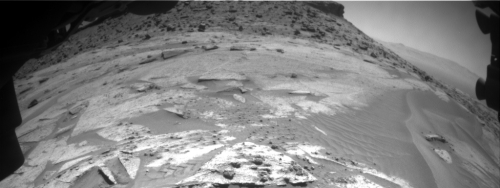Next Ariane 5 launch postponed
Arianespace today announced that it has postponed its next Ariane 5 launch of two communications satellites, scheduled for October 22nd, because of issues with ground equipment.
Though there appear to be no issues with the rocket, this delay could effect the launch of the James Webb Space Telescope in December on another Ariane 5 rocket. Arianespace has said that it wants to complete this launch first, to make sure the fixes it completed on the rocket’s fairing are truly working.
It was those problems that shut down all Ariane 5 launches for almost a full year.
No new launch date has been set. Normally, ground equipment issues cause short delays, so we should be hopeful all will be fixed quickly and this launch will be quickly rescheduled and take off without problems.
Arianespace today announced that it has postponed its next Ariane 5 launch of two communications satellites, scheduled for October 22nd, because of issues with ground equipment.
Though there appear to be no issues with the rocket, this delay could effect the launch of the James Webb Space Telescope in December on another Ariane 5 rocket. Arianespace has said that it wants to complete this launch first, to make sure the fixes it completed on the rocket’s fairing are truly working.
It was those problems that shut down all Ariane 5 launches for almost a full year.
No new launch date has been set. Normally, ground equipment issues cause short delays, so we should be hopeful all will be fixed quickly and this launch will be quickly rescheduled and take off without problems.



